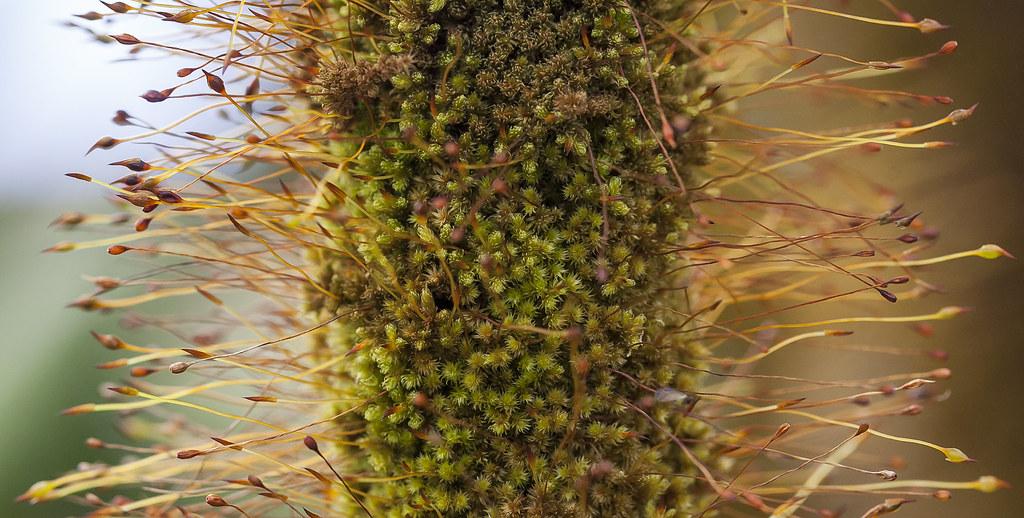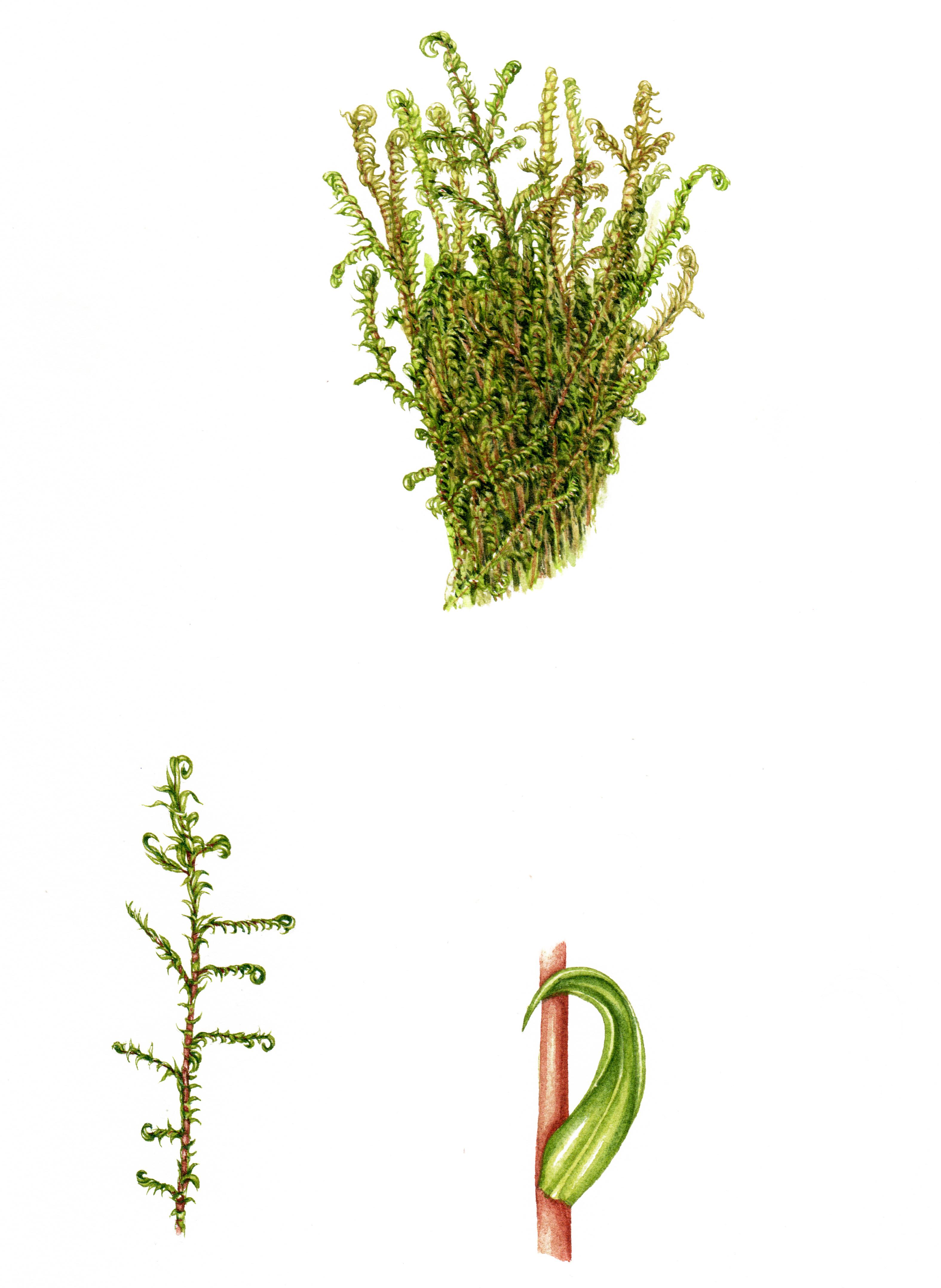Unveiling Macromitrium swainsonii: The Enigmatic Moss of the Orthotrichaceae Family
Affiliate Disclaimer: As an affiliate, we may earn a small commission when you make a purchase from any of the links on this page at no additional cost to you!
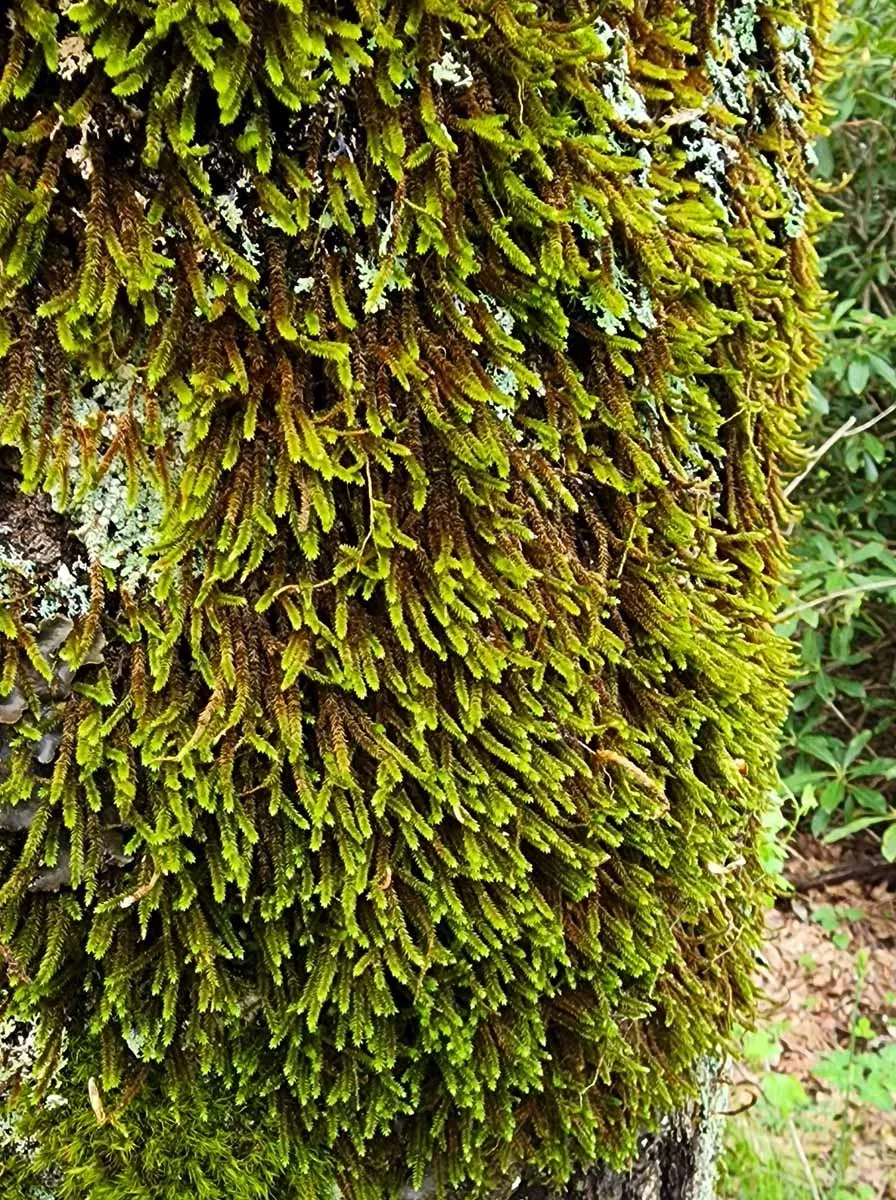
hook-moss-high-elevation-leucodon-brachypus.jpg from: https://wcbotanicalclub.org/hook-moss-high-elevation-leucodon-brachypus/
Macromitrium swainsonii: The Marvelous Moss of the Orthotrichaceae Family
Macromitrium swainsonii (Hook.) Brid., commonly known as Macromitrium moss, is a fascinating species of moss belonging to the Orthotrichaceae family. This tiny but mighty plant plays a significant role in its ecosystems and boasts unique adaptations that allow it to thrive in various habitats worldwide. In this blog post, we’ll dive into the world of Macromitrium swainsonii and explore its morphology, distribution, ecological roles, and more.
Background on Bryophytes and Mosses
Before we delve into the specifics of Macromitrium swainsonii, let’s briefly touch on what bryophytes and mosses are. Bryophytes are non-vascular plants that include mosses, liverworts, and hornworts. They lack true roots, stems, and leaves, instead having simple structures that perform similar functions. Mosses, like M. swainsonii, are small, green, and often grow in dense clumps or mats.
Morphology and Identification
Macromitrium swainsonii is a
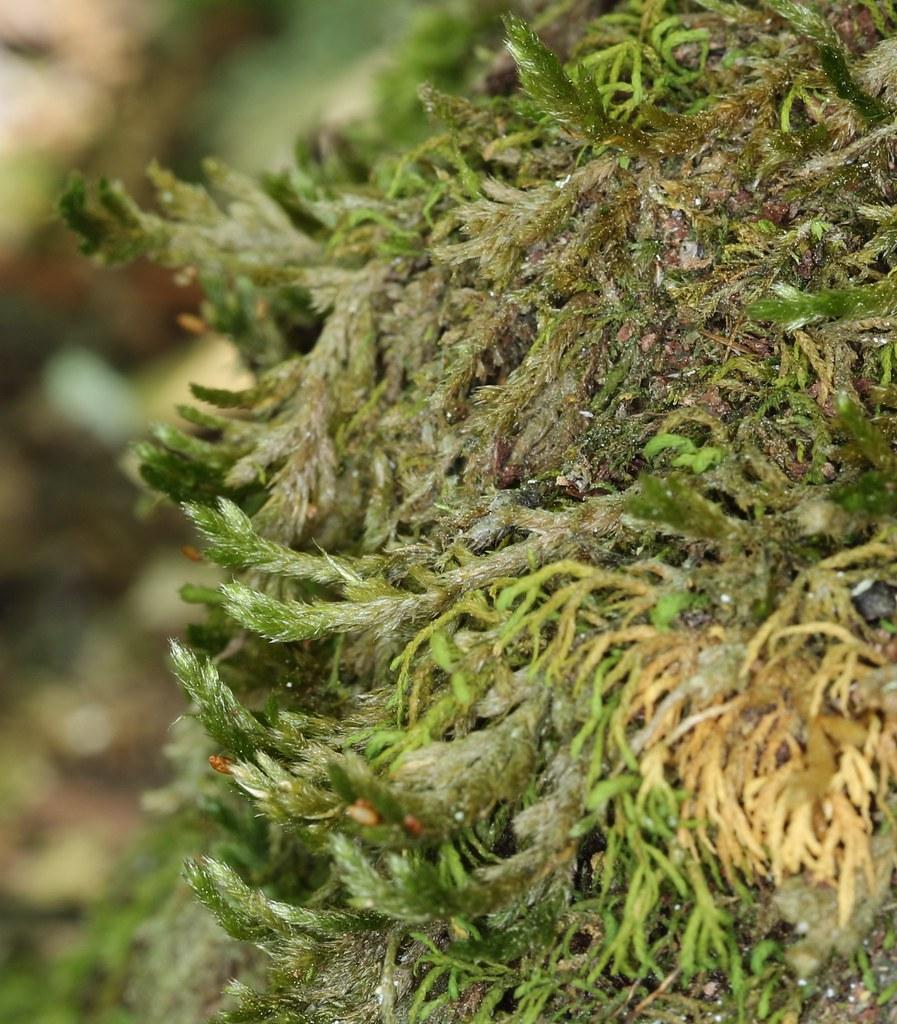
18686187626_fc623c525a_b.jpg from: https://www.flickr.com/photos/26803925@N05/18686187626/
pleurocarpous moss, meaning its reproductive structures (sporophytes) grow laterally from the stem. The moss forms dense, green to yellowish-green tufts or cushions. Its leaves are lanceolate to ovate-lanceolate, often with a long, narrow tip. The leaf margins are usually entire or slightly toothed near the apex.
One of the most distinctive features of M. swainsonii is its sporophyte. The seta (stalk) is relatively short, and the capsule is erect and cylindrical. The peristome (toothed structure around the capsule mouth) is single, with 16 teeth that are often paired and reflexed when dry.
Global Distribution and Habitat
Macromitrium swainsonii has a wide global distribution, found in tropical and subtropical regions of the Americas, Africa, Asia, and the Pacific Islands. It grows on various substrates, including tree bark, rocks, and sometimes on soil or decaying wood. This adaptable moss can be found in a range of habitats, from lowland rainforests to montane forests and even in some urban areas.
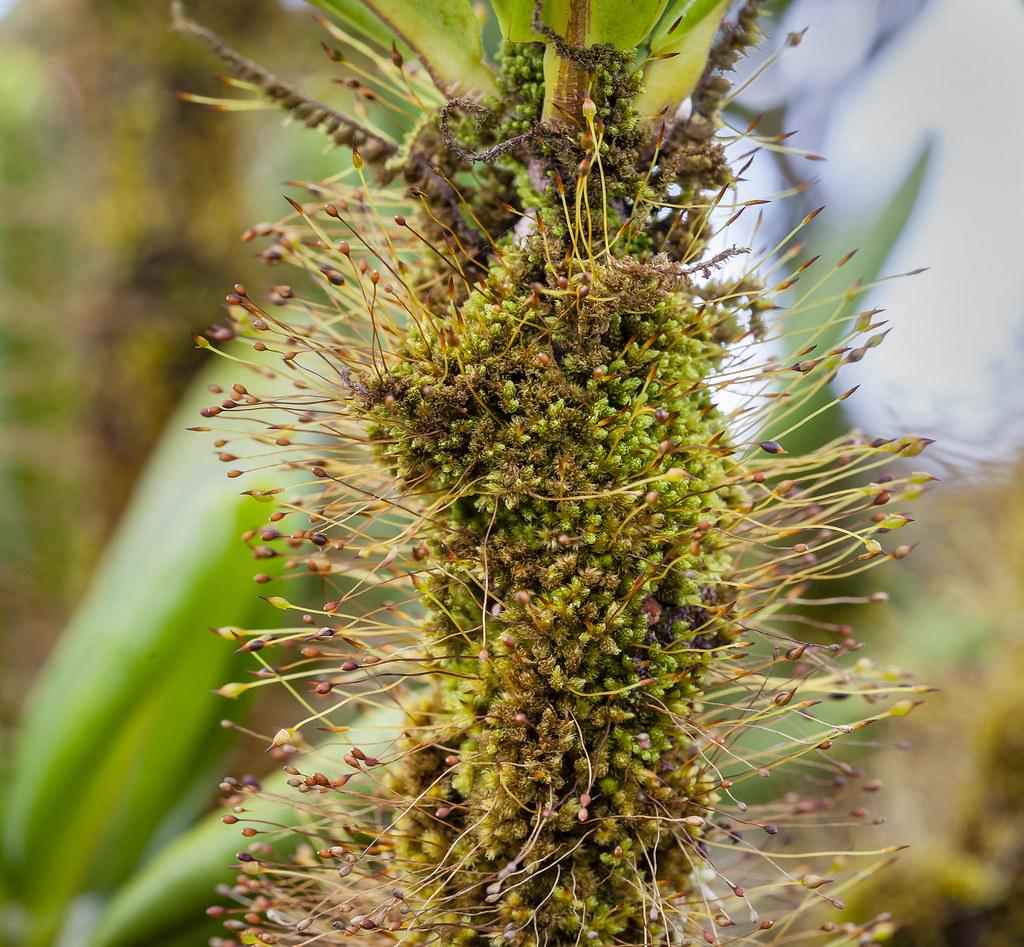
50944539416_10fac1e5c1_b.jpg from: https://www.flickr.com/photos/47945928@N02/50944539416/
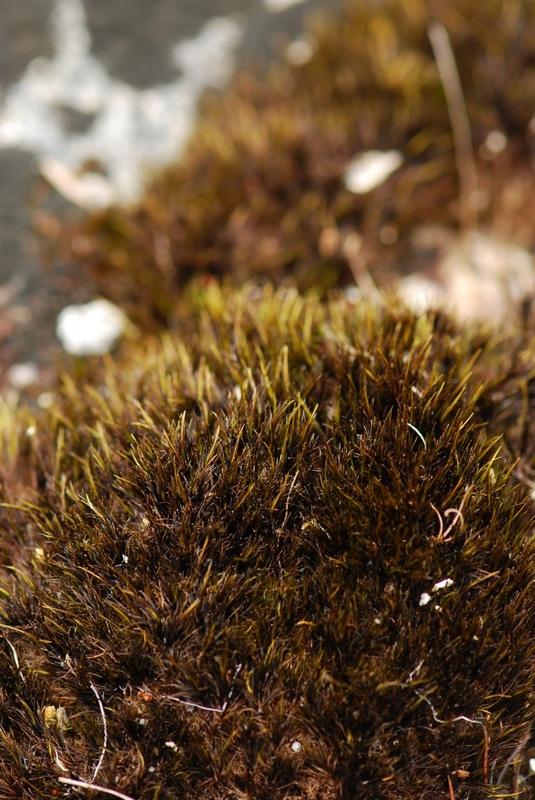
9214317_orig.jpg from: https://www.centralcoastbiodiversity.org/black-fish-hook-moss-bull-campylopus-atrovirens.html
Ecological Roles and Adaptations
Like many mosses, Macromitrium swainsonii plays crucial roles in its ecosystems:
Water retention: The dense growth form of M. swainsonii allows it to absorb and retain water, helping to regulate moisture in its immediate environment.
50944641142_0a71042ac0_b.jpg from: https://www.flickr.com/photos/47945928@N02/50944641142
Nutrient cycling: As the moss decomposes, it releases nutrients back into the soil, contributing to the overall health of the ecosystem.
Microhabitat creation: The intricate structure of M. swainsonii provides shelter and microhabitats for various small invertebrates and microorganisms.
intermediate-hook-moss-final.jpg from: https://lizzieharper.co.uk/image/intermediate-hook-moss-scorpidium-cossonii/
Macromitrium swainsonii has several adaptations that enable it to thrive in its habitats:
Desiccation tolerance: Like many mosses, M. swainsonii can survive periods of drought by entering a dormant state and quickly reviving when moisture becomes available.
Efficient water transport: Despite lacking true vascular tissue, the moss has specialized cells that facilitate water movement throughout the plant.
Asexual reproduction: In addition to sexual reproduction via spores, M. swainsonii can also propagate asexually through fragmentation, allowing it to colonize new areas quickly.
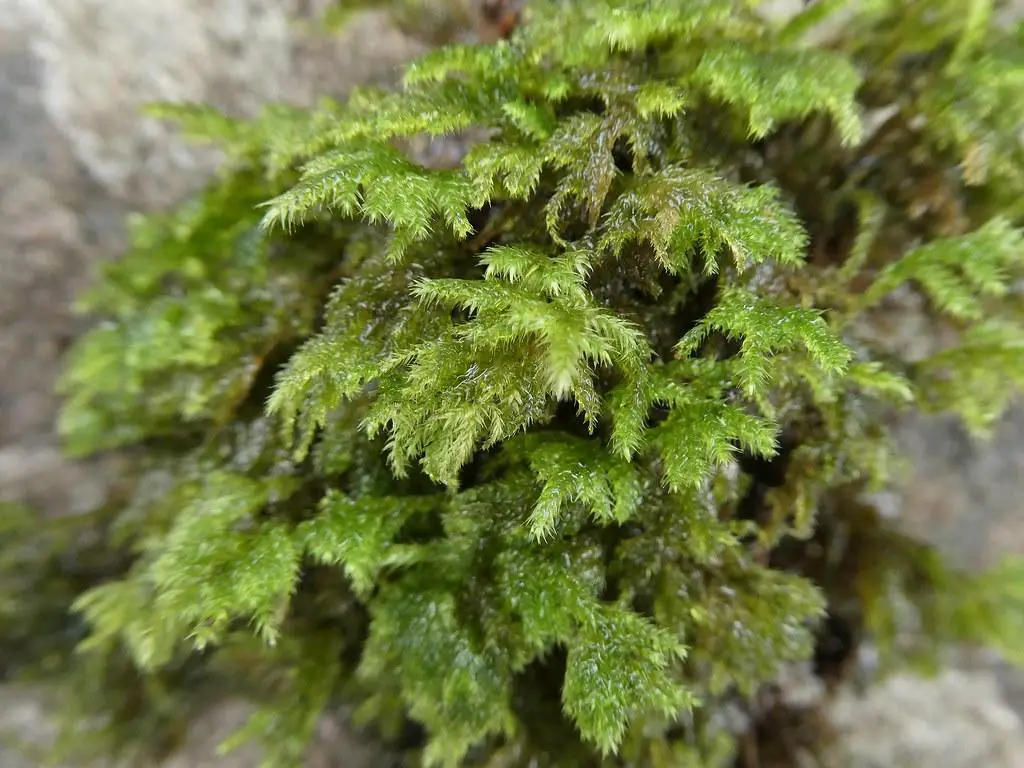
50115104083_96a0f03633_b.jpg from: https://www.flickr.com/photos/silybum/50115104083
| Characteristic | Description |
|---|---|
| Scientific Name | Macromitrium swainsonii (Hook.) Brid. |
Common Name
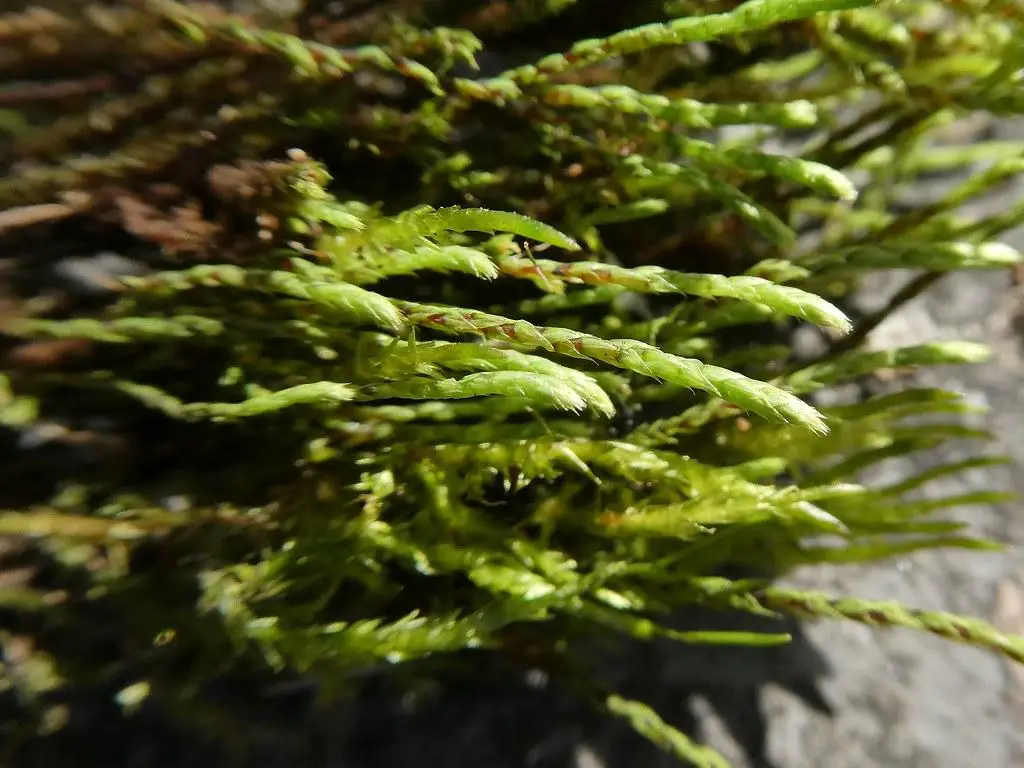 49819845683_ac562aa8b8_b.jpg from: https://www.flickr.com/photos/21657471@N04/49819845683/ |
Macromitrium moss |
| Family | Orthotrichaceae |
| Class | Bryopsida |
| Phylum | Bryophyta |
Growth Form
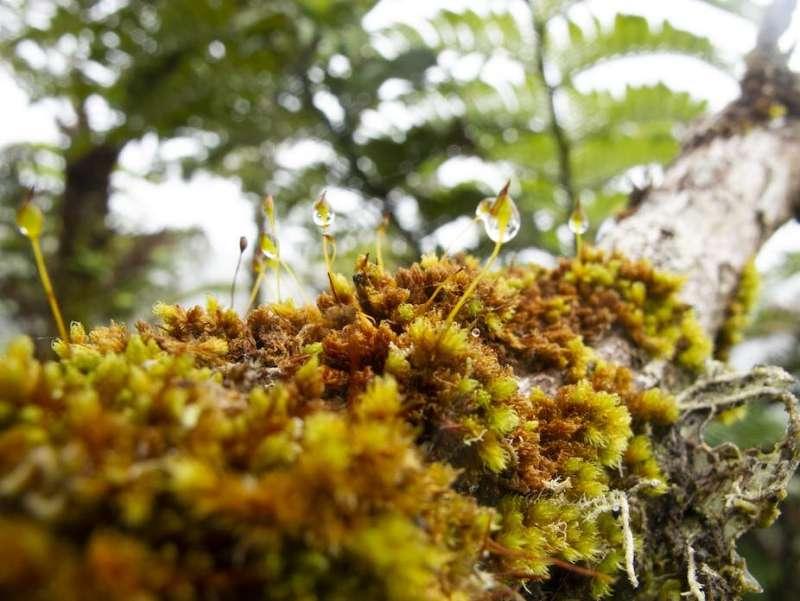 the-secret-world-of-mo.jpg from: https://phys.org/news/2023-05-secret-world-moss-ancient-ancestor.html |
Pleurocarpous |
| Leaf Shape | Lanceolate to ovate-lanceolate |
| Sporophyte | Short seta, erect cylindrical capsule |
| Peristome | Single, with 16 often paired and reflexed teeth |
Conclusion
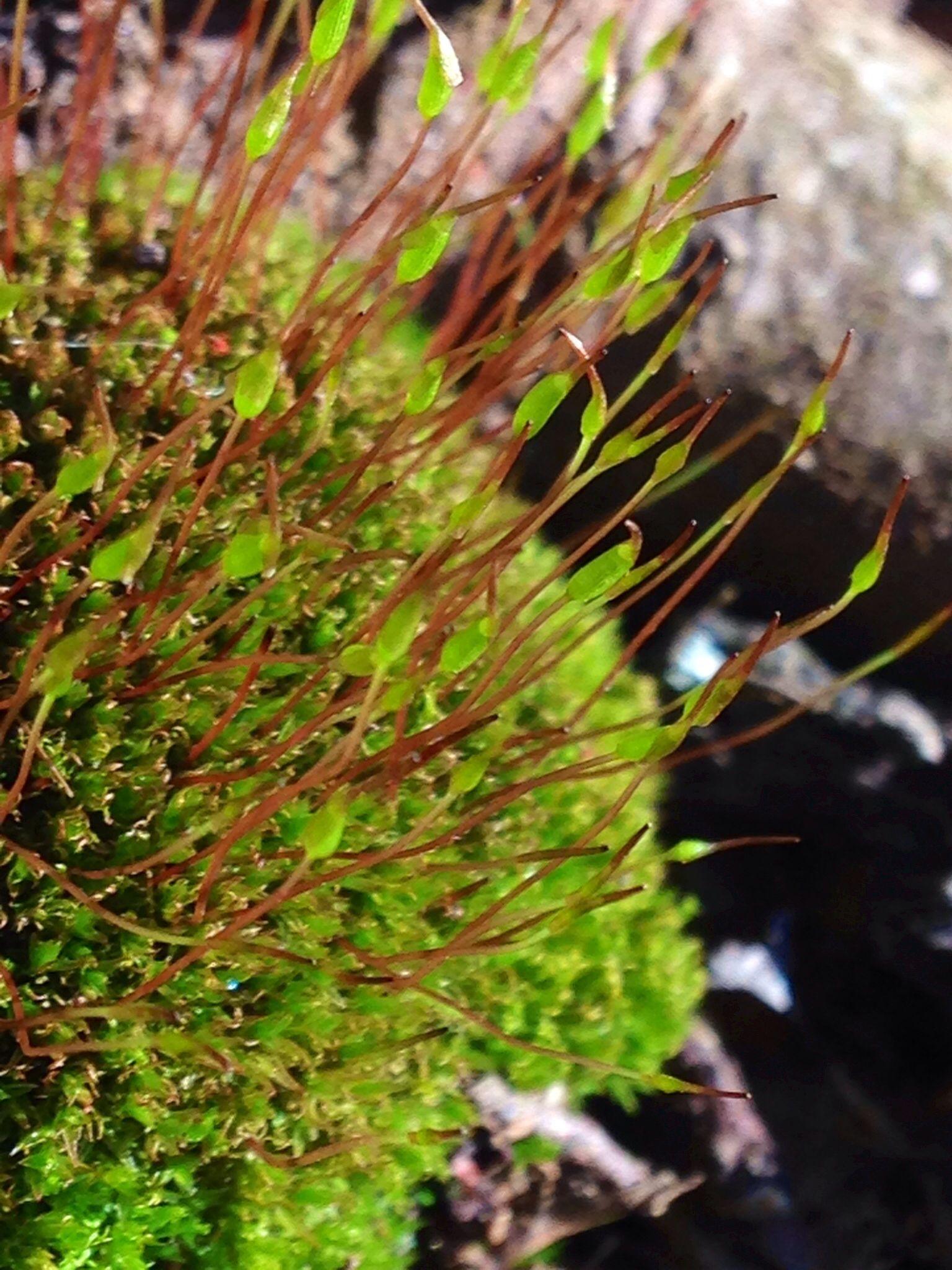
77b6897f3567eb746acab0ab90026b37.jpg from: https://www.pinterest.com/pin/402931497883786049/
Macromitrium swainsonii may be small, but it is a remarkable moss with a fascinating biology and important ecological roles. Its wide distribution and adaptability demonstrate the resilience and significance of bryophytes in our world’s ecosystems. Next time you come across a lush, green mat of moss, take a closer look—you might just be gazing upon the marvelous Macromitrium swainsonii. What other secrets do you think this tiny plant holds?

